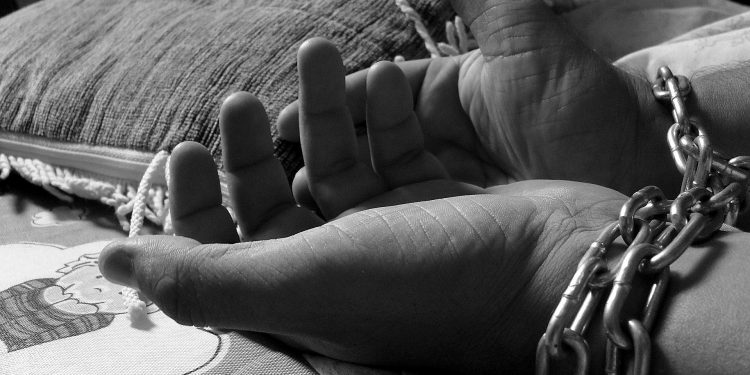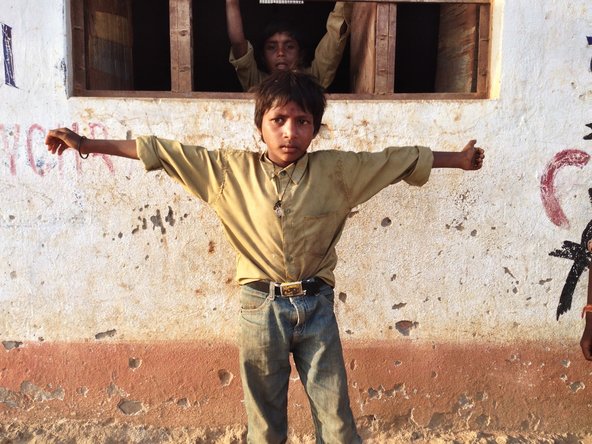Bonded Labor: The Horrifying Reality of Modern India

What is Bandhua Mazdoori?
In a society that feeds off exploitation, bonded labor or ‘bandhua mazdoori’ is more mainstream than we presume. Thanks to poor implementation of laws and under-researched strategies that are failing to meet their goal of reducing bandhua mazdoori rates, approximately 18 million citizens are victims of slavery in India. Bonded labor, at its core, is the promise of a person’s service as security for repayment of debt. The terms of service are unclear and unofficial, thus providing the employer with infinite autonomy. A person is also considered bonded when he/she is forced to perform manual work for long hours with insignificant to no payment. Although several anti-slavery NGOs are working unendingly to free victims, without proper government, reform progress seems improbable.
Unveiling the Reality
Quite often, slavery is dismissed as being a by-product of mass unemployment, overpopulation, or poverty. Even though slavery rates are exponentially high in the poverty-stricken unorganized sectors, we cannot wait for poverty to end before we start to acknowledge forced labor as a real problem. According to research conducted by Dr. Radhika Kapur, bonded labor is the least known form of slavery today and yet the most popular way of enslaving people. Kapur describes bandhua mazdoori as a penalty imposed by a landlord or other high caste individuals on a person who is unable to repay a loan along with the high rate of interest. It frequently includes loss of basic rights and vulnerability to physical and psychological violence.
Susceptible Sectors and Communities
Due to the prevalence of casteism in India, Dalits and other minority groups and scheduled castes are most vulnerable to slavery. Dalits are less likely to possess assets and take loans to fulfill their most basic needs— food, water, shelter, medicine. Extreme poverty and social seclusion push them into bondage. Recent cases of 2018-19 sufficiently justify the barbarity of the issue:
- In September ’18, a Dalit woman was kidnapped by men who wanted her to return to work on a farm in Bekkalale village to continue her work as a bonded laborer. She and her husband had failed to repay the piffling Rs. 50,ooo ($700) they had borrowed a few years ago and were forced to work there.
- In December ’18, 52 people, including men, women, and children, were rescued in Karnataka after they had suffered years of abuse and lived in a small, unhygienic shed. Their “owner”, as it was later discovered, used to prey upon vulnerable migrants looking for jobs.
- In January ’19, Chennai’s police force freed ten youngsters living in a 10 by 10 room for eight months. These bonded laborers were regularly harassed and made to work for more than 16 hours a day.
These are just three from a multitude of cases. Brick kilns, mines, cotton mills, farms, etc. all indulge in Bandhua Mazdoori.
Laws and Administrative Efforts
The Indian Constitution criminalizes all forms of forced labor and aims to ensure rehabilitation of rescued slaves- especially children. Although the rates of forced labor are declining each year, significant work needs to be done. Lack of proper implementation techniques and delay in compensation, rehabilitation, etc. are a major downgrade. The government pays a stipend soon after the rescue operation, but remaining compensation comes only after their “employers” have undergone legal trials. Amplifying the problem is the inefficient justice system of India. “Court trials can go on for years,” said Nirmal Gorana, convener of the National Campaign Committee for Eradication of Bonded Labour. “Who will you give compensation to if the verdict comes after 15 years?”
Where Does This Leave Us?
The government can succeed at combating debt bondage by extending employment guidelines to the unorganized sector— regulating working hours, insuring payment of minimum wages, and setting up national banks so people don’t resort to taking loans from individuals who might be potential gateways to bondage. Fighting caste prejudices, increasing literacy rates, and raising awareness on the subject of bonded labor are long term efforts that will prevent people from falling into this labyrinth in the future. It is also necessary to listen to the experiences of the rescued laborers to understand the behavior and characteristics of slave owners and strategies they use to trick innocent lives into bondage.
The fight to end slavery will last long. We will not find solutions overnight. To protect the rights of bonded laborers, you can work with NGOs like Child Rights and You (CRY), Manav Seva Sanstha and Bandhua Mukti Morcha, write to your local governors, or talk about the prevalence of slavery in the 21st century to raise awareness. Your small contribution today can save thousands of lives tomorrow.
Image Attribute: Pixabay





